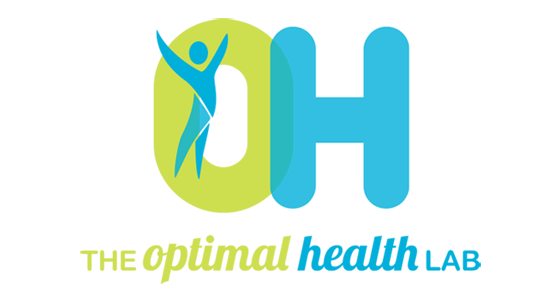March 08, 2019
Over the Christmas break, I was lucky enough to be offered an internship with Melbourne Football Club’s AFLW team. A major goal of mine is to undertake the Masters of Sports Physiotherapy degree at La Trobe University and work with elite athletes in any sport (predominantly AFL) as a Physiotherapist. I see this internship as the first step towards this goal – it provided a foot in the door and was something I was eager to start as soon as I could.
What a nerve-wracking experience it was! Walking in on day one, I was introduced to the head physios I’ve looked up to - but even more daunting was meeting the men and women players who I’d watched on TV and was now getting the opportunity to collaborate with.
It was exciting to think that I was finally in the environment I hope to specialise in - responsible for helping to treat these elite athletes. The quality of player and patient management was my main takeaway - every detail was noted; the quality of treatments was first-class; knowledge of evidence-based techniques was obvious; and, the vast array of new ideas for rehabilitation was really inspiring.
In terms of injury, the primary focuses within the AFLW are ACL prevention, player awareness to help reduce concussion, and player injury prevention through strength training and landing mechanics. I learnt something new from each session I was a part of. From different assessment techniques, to functional game-day orientated warm ups and strength and conditioning, as well as rehabilitation exercises and activities.
Each player, coach and medical practitioner had so much respect for each other, which allowed them to set such a high standard of practice. This created pressure and expectations that could, perhaps, be difficult to maintain, but made for such a special environment to work in. The result of seeing an athlete back on the ground for the first time post-injury – ACL/hamstring/ankle/ whatever it may be - was amazing. There were so grateful, and that appreciation for having helped them get back doing what they love continues to drive me to towards my goal of working in elite sport in the future.
This experience has been one that I feel has really helped set me up for treating at OHL – especially as I continue to work with a wide variety of athletes from the local area. I’m looking forward to utilising the skills that I’ve gained over the past few months at Melbourne and implementing them into my treatments at clinic. In particular, I look forward to working with athletes throughout recovery before they return to their given sport – teaching them correct movement patterns and giving them the best opportunity to return to their sport injury free and confident that they can perform to the best of their ability.




